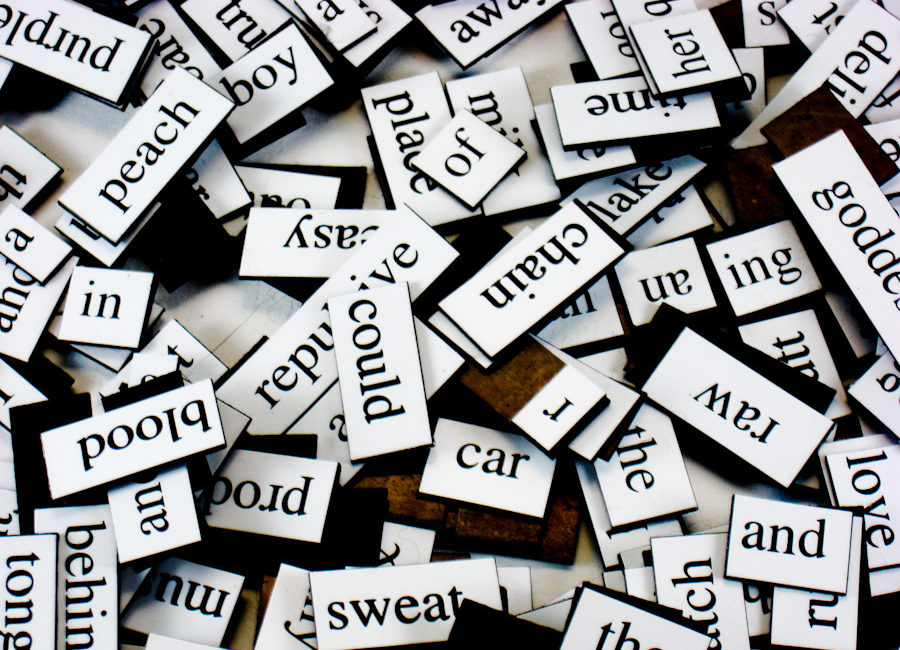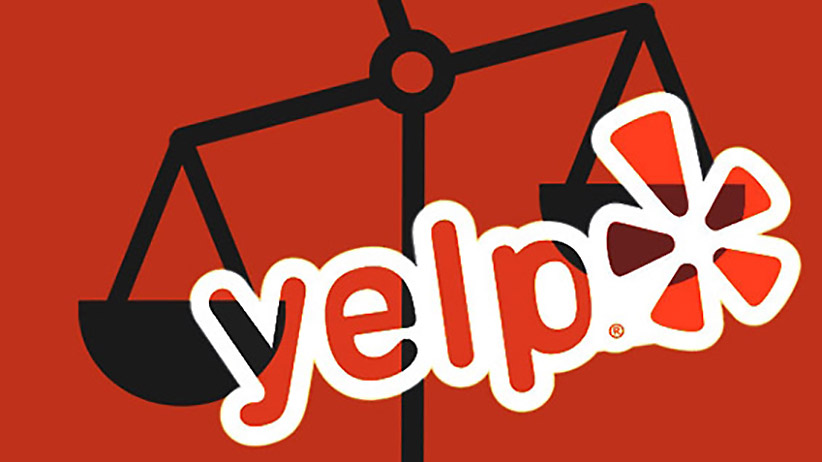In an earlier blog post, the DWRL offered various free resources and tips for creating visual content that is accessible to people with visual impairments. For example, The WAVE Web Accessibility Evaluation Tool helps pinpoint errors on a webpage interface that may be difficult for screen readers -- software that...
Lesson Plan: Digital Video Reporting Project (with iMovie and Audacity)
Today's shift towards the vast complexity of digital literacies involves, perhaps more than any other medium, the skills of producing digital videos, including the so-called "fact-based" documentaries and video reports. However, these "facts" are still "made" to fit a rhetorical message with its point of view, narrative structure, and appeals...
Wearables Lesson Plan: Yelp
Yelp is a virtual marketplace that has been shaping our spatial orientation for many years, since it was founded in 2004 and has increasingly expanded worldwide since 2009. Despite its vast impact on our daily life, its digital rhetoric has hardly been researched and is usually taken for granted without...
Lesson Plan: Filter Bubbles
We constantly consume media -- whether television, internet, or radio. According to Pew, a whopping 62% of adults get their news from social media. This is troubling, considering the pervasive filter bubble; depending on our interests, social media and search engines filter their results to match our preferences. Hence the...
Lesson Plan: Visualizing Difference with Tableau Public
In his much referenced TED Talk, David McCandless says that “if you start working with [data] and playing with it in a certain way, interesting things can appear and different patterns can be revealed” (5:57-6:14). And Virginia Kuhn argues that there are “two main uses for information visualization: discovery and...
Lesson Plan: Using Siri to Teach the Ethics of Digital Labor
The rapid rate by which technology replaces and outdates itself has been measured since 1965 by Moore's Law, which dictates that the amount of transistors within an integrated circuit (microchip) doubles approximately every two years. Gordon Moore, co-founder of Intel, has predicted that the viability of his projection will cease...
Lesson Plan: Visualizing Sound by Captioning Nonspeech Sounds
Although closed-captioning is usually thought of in terms of accessibility, it also highlights the larger rhetorical significance of sound—a significance which is most notably taken up in sound studies. The convergence of rhetoric with sound studies has become increasingly salient to rhetorical theory as noted in the review essay “Auscultating...
Lesson Plan: Assessing Reliability and Trustworthiness with/in Blockchains
Can you hear that? A certain high frequency hum which, until recently, was perceptible only to dogs, bats, and cryptography cognoscenti? It’s the mounting buzz over “blockchain”—an umbrella term referring to a number of shared ledger services that promise to revolutionize every aspect of social and political exchange, from financial...
Lesson Plan: Teaching Research with Sam Barlow’s Her Story
Usually when video games appear in the college classroom, they are objects of analysis. We critique them as if they were a book or a movie. But, in teaching their content, we rob them of their pedagogic potency. Games facilitate play, and by offering teachers new and unfamiliar decision spaces,...
Lesson Plan: Viewing>writing>listening Pedagogical Versions of Access
Existentially, this lesson plan is about challenging student conceptions of information dissemination and questioning notions of universality embedded in web narratives of access. We like to think of the internet as a democratic space of unlimited maneuverability. But for many users, it is not. Here, we want students to consider...



